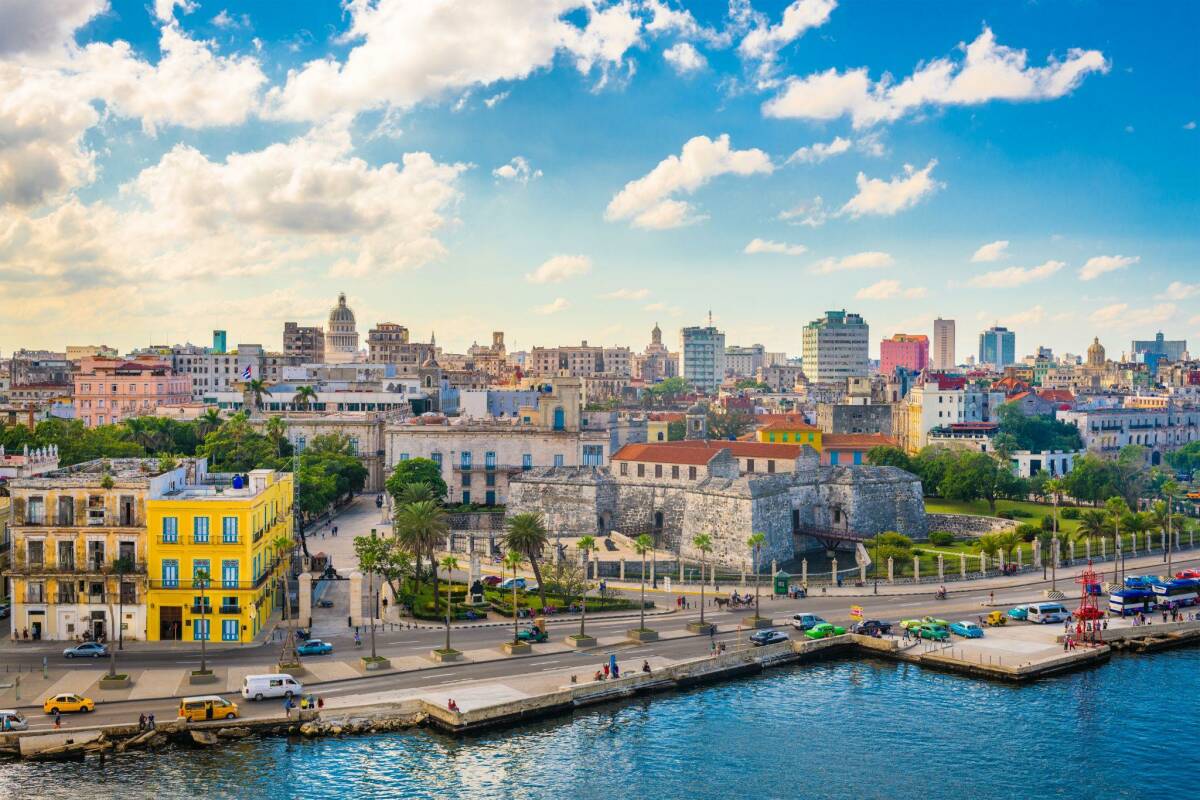
Exploring Havana, Cuba: A Comprehensive Travel Guide for All Travelers
From Barry Manilow’s iconic 1985 hit “Copacabana” to Camila Cabello’s 2017 chart-topping smash “Havana,” the capital city of Cuba and center of the La Habana Province has captured the heart — and the attention — of travelers worldwide. After several years of adverse weather, pandemic restrictions, and evolving U.S. State Department travel advisories, many travelers are headed to Havana again.
While Havana travel is still limited to individuals who meet the criteria of the Cuba General License, more travelers are seeking advice for exploring this culturally rich city. So, how can travelers ensure their safety while exploring Havana? Better yet, what should travelers know about travel insurance when visiting Cuba? From Cuban cuisine and Havana nightlife to safety tips for Old Havana travel, here’s what to know.
Must-Visit Attractions in the Cuban Capital
In 2022, more than 1.6 million international travelers visited Cuba, a massive 350% increase from 2021, when foreign visitors to the Caribbean island were significantly constrained. While tourism is not a permissible condition to enter Cuba, Havana travel privileges are granted to visitors who fall under one of 12 categories, including family visits, support for the Cuban people, and humanitarian projects.
Whether you’re visiting for work, family, or to support Cubanos, stop by these Havana travel hot spots.
Old Havana (Habana Vieja)
Including Old Havana in every Havana travel guide is a no-brainer, whether you’re visiting Cuba alone, with a partner, or with young children. Founded in 1519, this historic city is home to art deco, baroque, and neoclassical architecture reflecting the capital’s diverse culture. Wander around the area’s colonial buildings and original plazas, or stroll through one of the city’s dozens of museums.
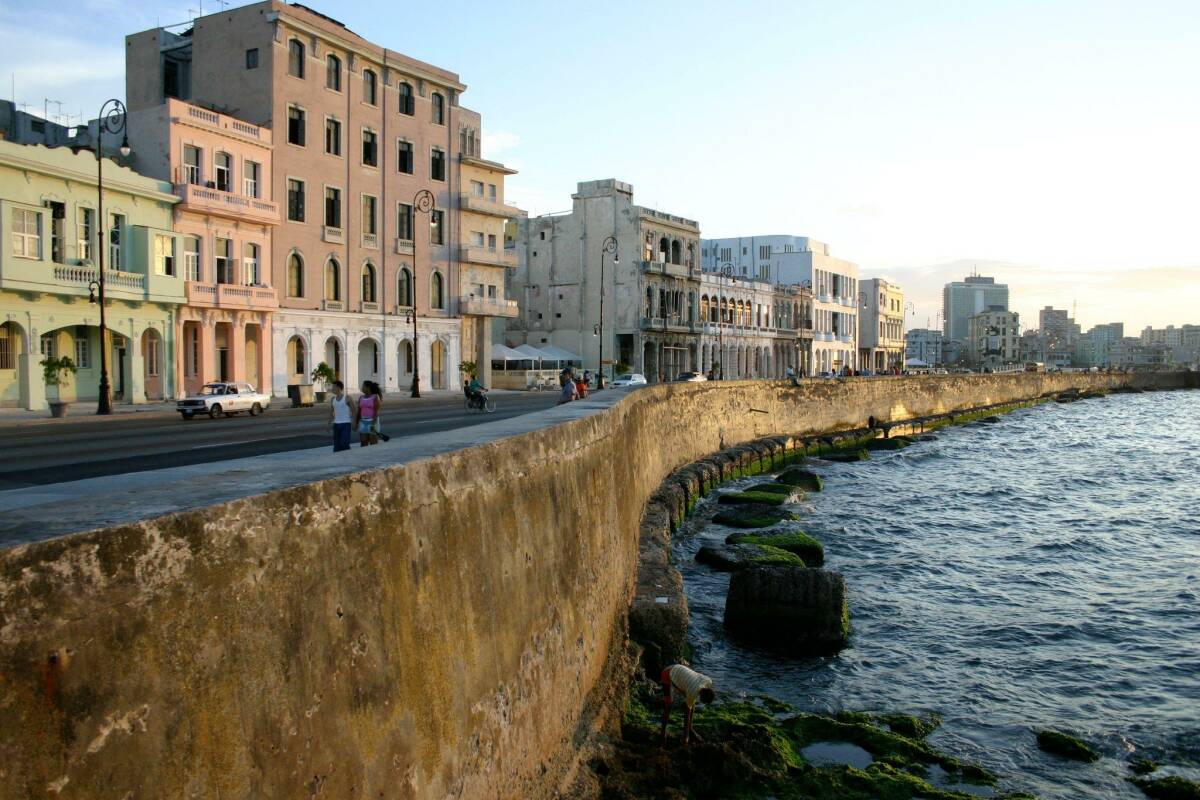
The Malecón
The Malecón, also known as Avenida de Maceo after Cuban general José Antonio de la Caridad Maceo y Grajales, is a seaside esplanade that runs along the Havana coast. Stretching from Havana Harbor in Old Havana to the mouth of the Almendares River, the 5-mile-long roadway and walking path was initially built to protect Havana from the sea but became home to the now-famous Miramar Hotel and, eventually, the United States Embassy.
Fusterlandia
Fusterlandia is a Havana neighborhood ideal for travelers of all ages, whether you’re a senior group or a young family. Known for its unique art installations that have transformed homes and businesses into mosaic-covered sculptures, Fusterlandia is essentially an outdoor art gallery that reflects the area’s colorful Cuban heritage. No Havana trip is complete without seeing these creations by local artist José Fuster.
Cuban Culinary Journey: Where to Eat and What to Try
Cuban cuisine is on full display in the capital city, where local paladars and street vendors whip up authentic Havana dishes, and vibrant restaurants welcome children and large groups. Whether you’re seeking family dining in Havana, want to explore Havana street food, or indulge in artisan bread from Alberto González, the only Cuban chef with a Michelin star, here’s your Cuba travel guide to good eats:
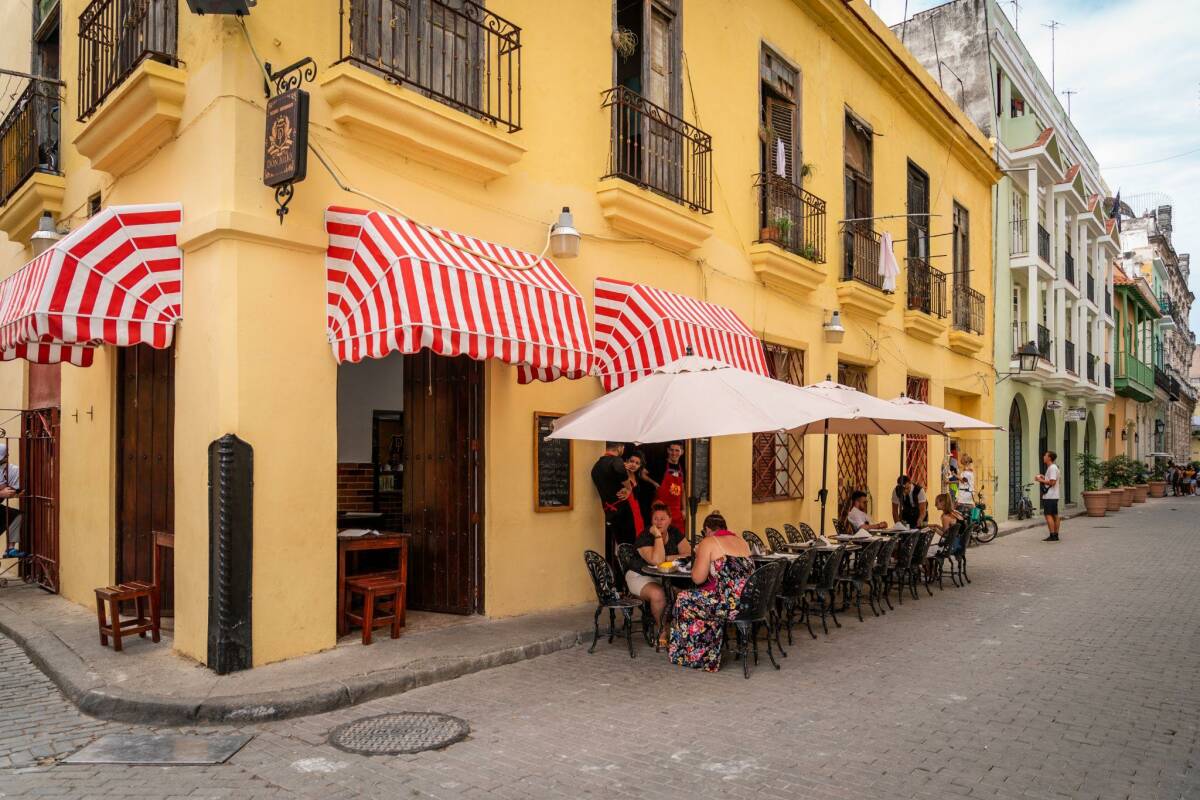
- Local Eateries and Paladares: Paladeres refers to small, family-run restaurants where you can explore authentic Cuban heritage through food. You can also stop by Salchipizza for hand-tossed pizza and bread by the island’s only Michelin-star chef.
- Street Food Delights: Walk along the Malecón and Plaza Vieja in Old Havana to chow down on twice-fried tostones covered in delicious toppings, hearty pan con lechón hand-held sandwiches, and, of course, fresh-made churros and buchito (coffee).
- Family-Friendly Dining: Whether visiting Havana as a larger religious or missionary group or traveling with family and friends, find accommodations for children and larger groups at popular restaurants like Doña Alicia and Ajiaco Café.
Safe Travel in Cuba: Transportation and Accommodation
Sure, must-visit attractions and mouth-watering Cuban paladares are great, but how does one navigate Havana’s transportation system effectively? The key to successfully navigating Havana transportation and accommodation is to do your research before you go. Safe travel in Cuba relies on understanding trusted hotel and lodging options and when to splurge on novelty excursions.
Getting Around Havana
Since many of the city’s top attractions are within a mile of each other, the most convenient way to get around Havana is on foot. If you have mobility restrictions, public taxis — which are vintage classic cars — are a great secondary option. You can also pay to take a classic car tour of Havana itself. There is public Havana transportation; however, buses are often overcrowded and do not follow a set schedule.
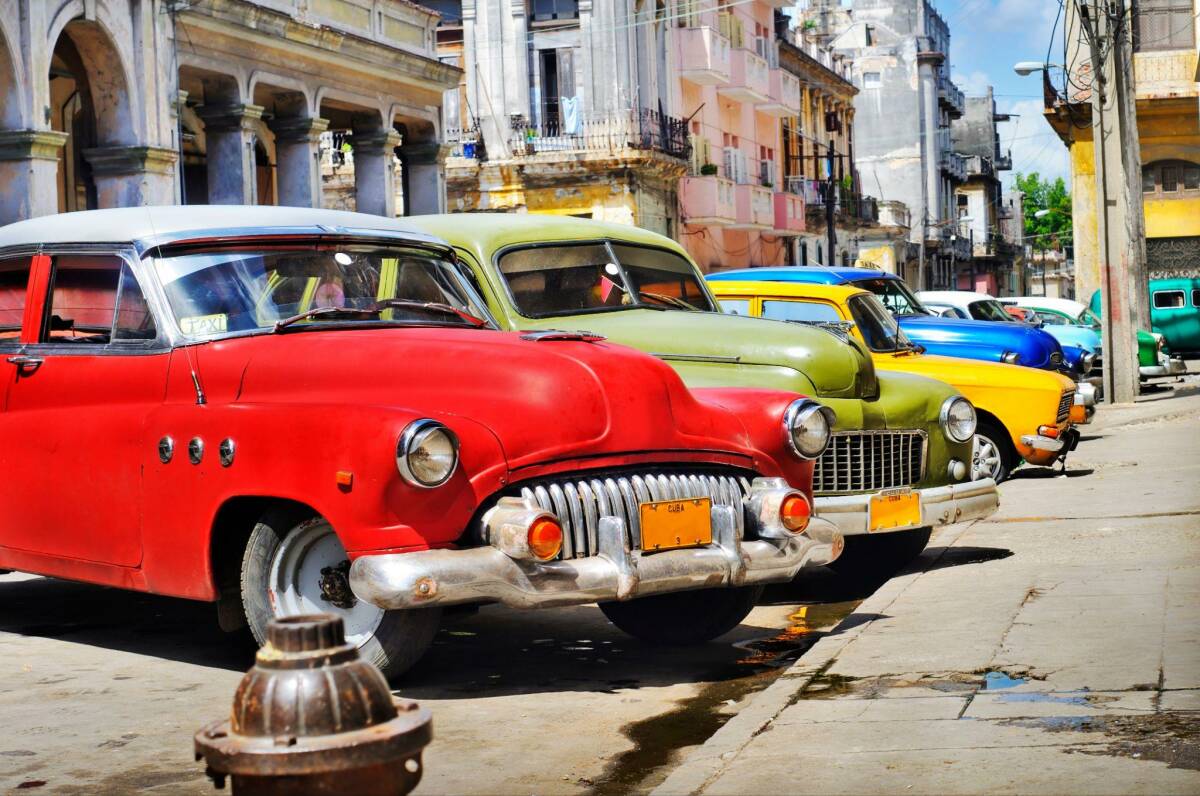
Safe and Secure Lodging Options
Safe travel in Cuba extends beyond Havana transportation and must include your potential lodging. For American travelers, it’s important to note that the U.S. Department of State does enforce a list of restricted entities and subentities with which direct financial transactions are unadvised. For instance, travelers should avoid hotels like Hotel Armadores de Santander, Hotel del Tejadillo, and Hotel el Bosque.
Staying in a Casa Particular
If you need help finding where to book your Havana travel, look at HavanaCasaParticular.com, known locally as Casa Particular. Similar to platforms like Airbnb and VRBO, Casa Particular features quality vacation rentals that range from studios and apartments to villas and bed and breakfasts. These local accommodations are rich in Cuban heritage for cultural enthusiasts but also offer more bang for your buck.
Exploring Havana Nightlife and Cultural Scene
Beyond the historic sites and authentic Cuban cuisine that line the capital city’s streets, Havana’s nightlife is another major attraction for younger travelers and couples exploring the area. Curious what are some family-friendly activities in Havana? Havana also features many cultural festivals, live music events, and even lively night-time street dances that are perfect for travelers of all ages.

- Live Music and Dance Venues: From salsa clubs and jazz cafes to live bands performing along the Malecón, visitors can find live music and dancing venues on every street corner in Havana.
- Cultural Festivals and Events: No trip is complete without the Santiago de Cuba Carnival in July, but music lovers will enjoy the Havana Jazz Festival organized by Chucho Valdés in January.
- Nightlife for Every Age: While the Malecón becomes a bit rowdier at night, Havana nightlife thrives in Old Havana, where families see live street performers and adults party at the local 29 Agiar club.
Havana Health Tips: Practical Travel Advice
The best way to ensure safe travel in Cuba is to remain up-to-date with local laws and customs to protect yourself, your travel companion(s), and your belongings. It’s wise to learn basic phrases in Spanish, like “please,” “thank you,” and, most importantly, “hello, how are you” to communicate with locals. Likewise, pack everything you may need — including medications — and adhere to these best practices.
Money Matters
The national currency in Cuba is the Cuban Peso (CUP), which you’ll need for Havana travel. Credit cards are rarely accepted, and the closest ATM to Havana is in Key West, Florida, so be sure to bring cash. Suppose you don’t want to exchange currency before departure. In that case, you can purchase prepaid debit cards within authorized offices, airports, and ports for hotels, restaurants, store purchases, and more.
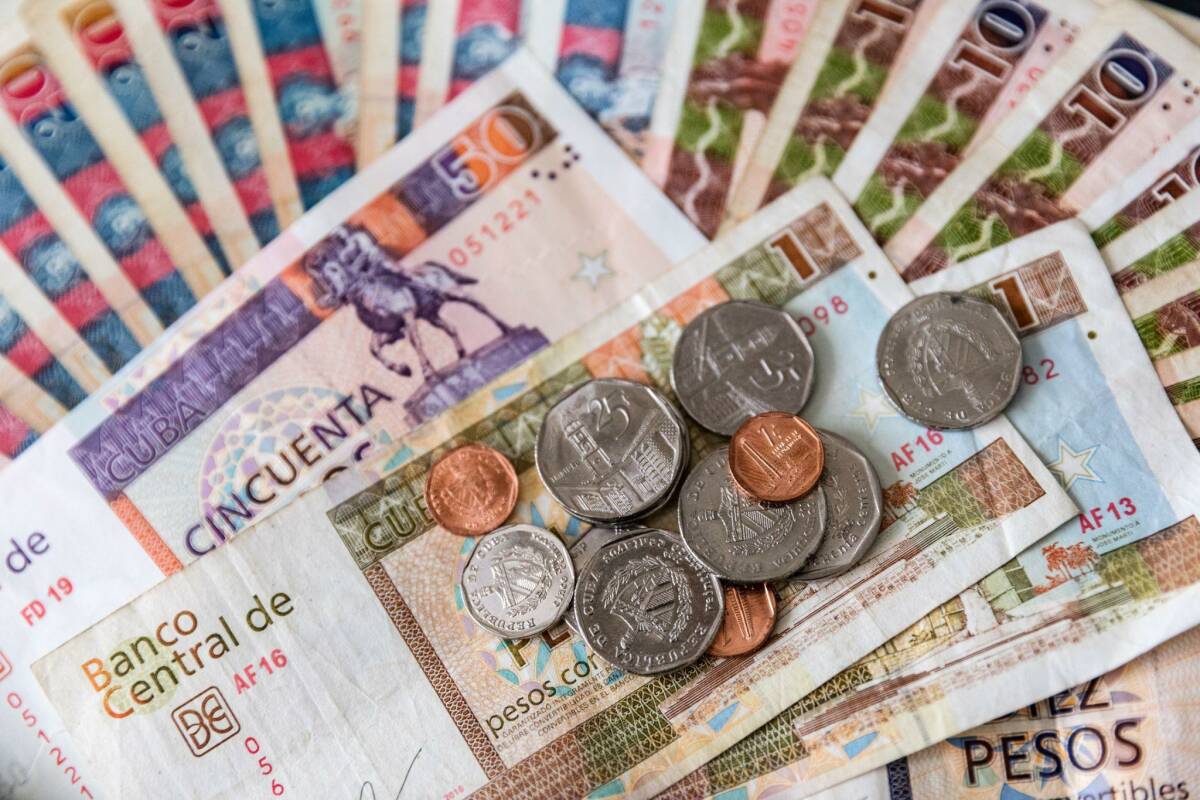
Health and Safety Tips
Though the crime rate in Cuba is one of the lowest in the Caribbean, travelers should still exercise caution when traveling to Havana. For instance, avoid crowded buses, as they are a prime spot for pickpockets. To further protect your belongings — and your health — invest in travel insurance for Cuba. Besides baggage protection, travel insurance with medical coverage can ensure you receive medical attention, if necessary, without sky-high costs.
Havana Travel Insurance
Havana travel insurance is designed to protect you and your travel companion(s) from unexpected costs incurred from trip cancellations, delays, interruptions, emergencies, and accidents. With Havana travel insurance, you can have peace of mind knowing that if you become ill or injured while in Cuba, you’ll receive the appropriate care, including medical emergency flights back to the United States.
However, between the ongoing nature of Cuban travel advisories and the limited categories for Havana travel, which do not include travel strictly for tourism purposes, there are very few travel insurance companies permitted to offer coverage to the country of Cuba. Be careful not to purchase coverage from a company that is not permitted to insure travel to Cuba, as it could result in your claim later being denied.
Protect Your Trip with Aegis Havana Travel Insurance
When it’s time to explore Havana’s rich history and colorful culture, travel insurance for Cuba provides the confidence to avoid unnecessary expenses while safely enjoying your trip. Safeguard your Havana travel plans with the Go Ready Pandemic Plus Plan by Aegis, which includes the highest coverage limits of any policy we offer.
Discover how the Aegis can protect your Havana travel plans today!







